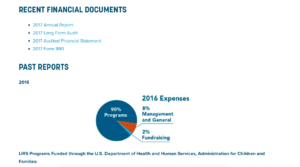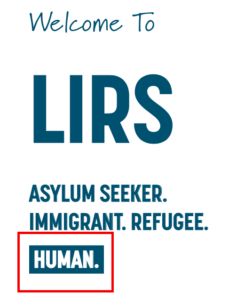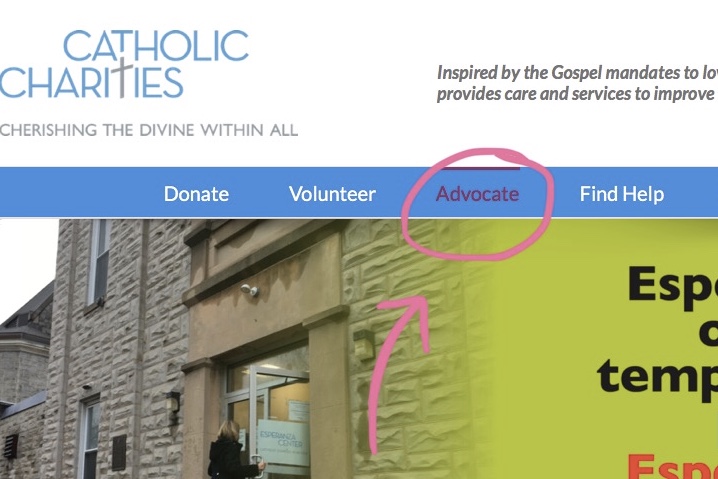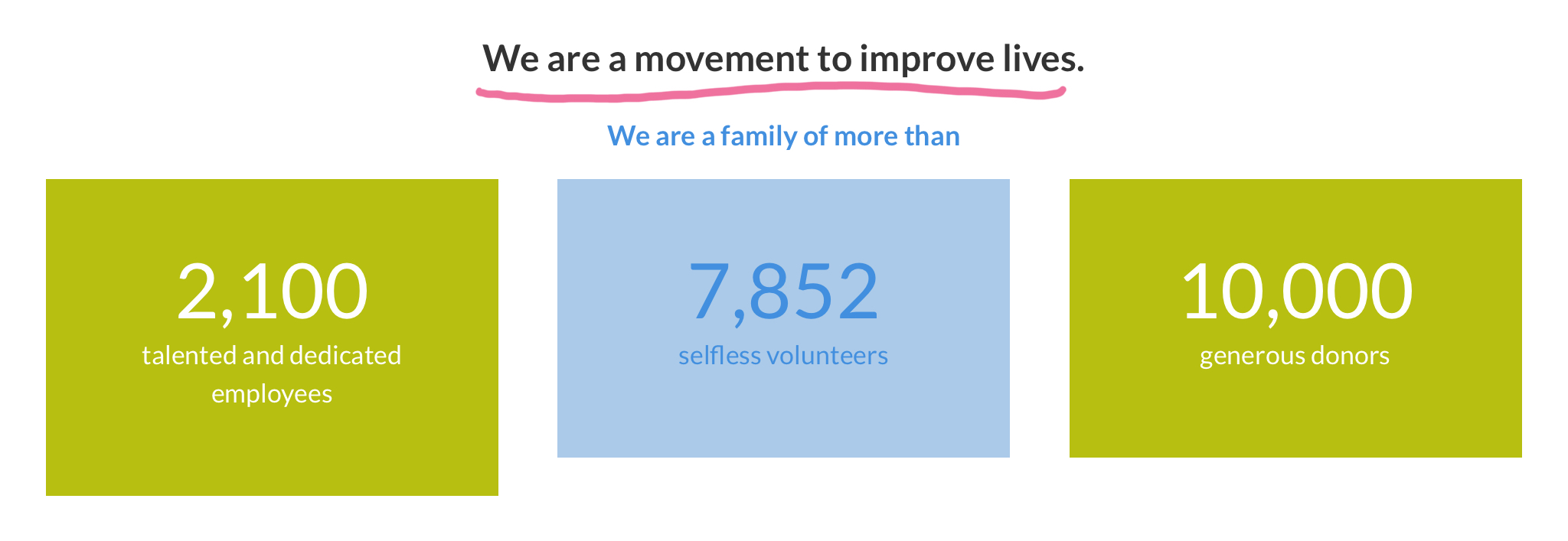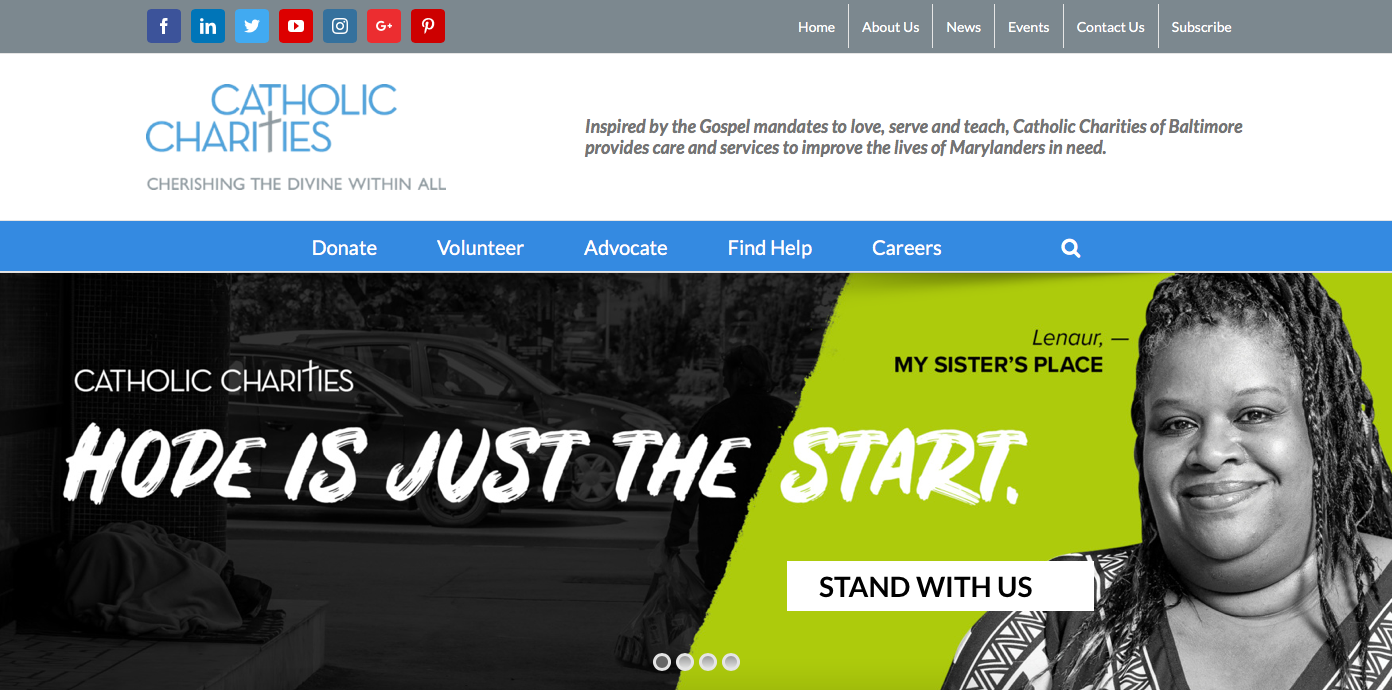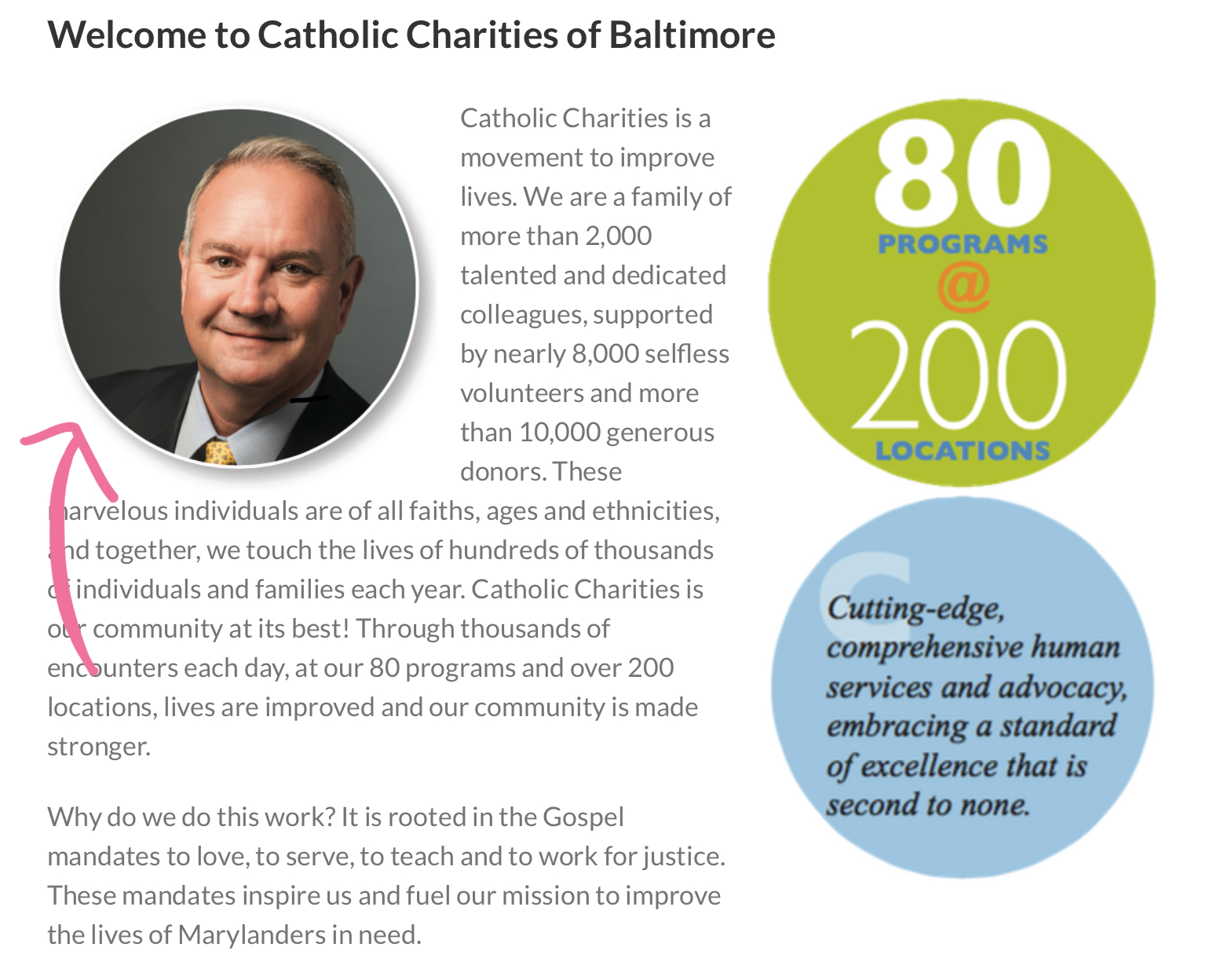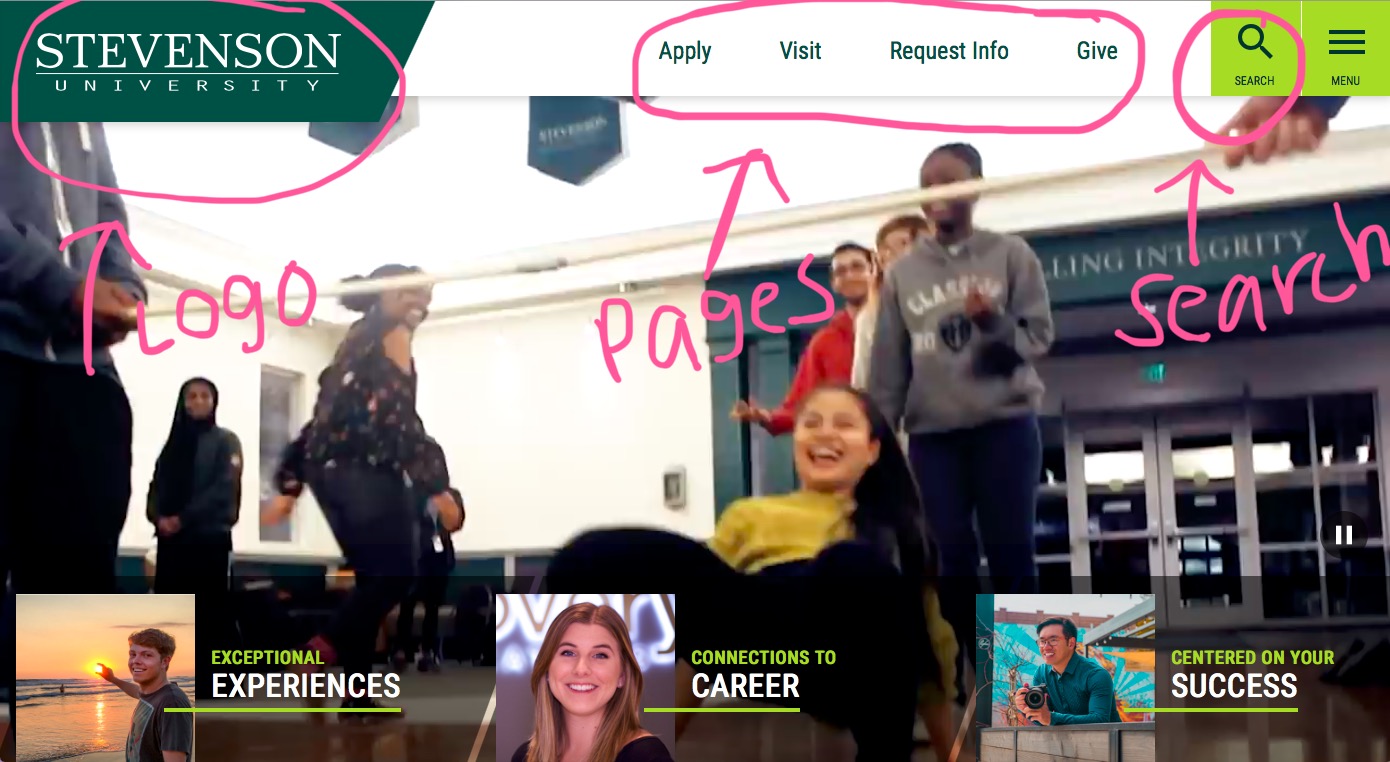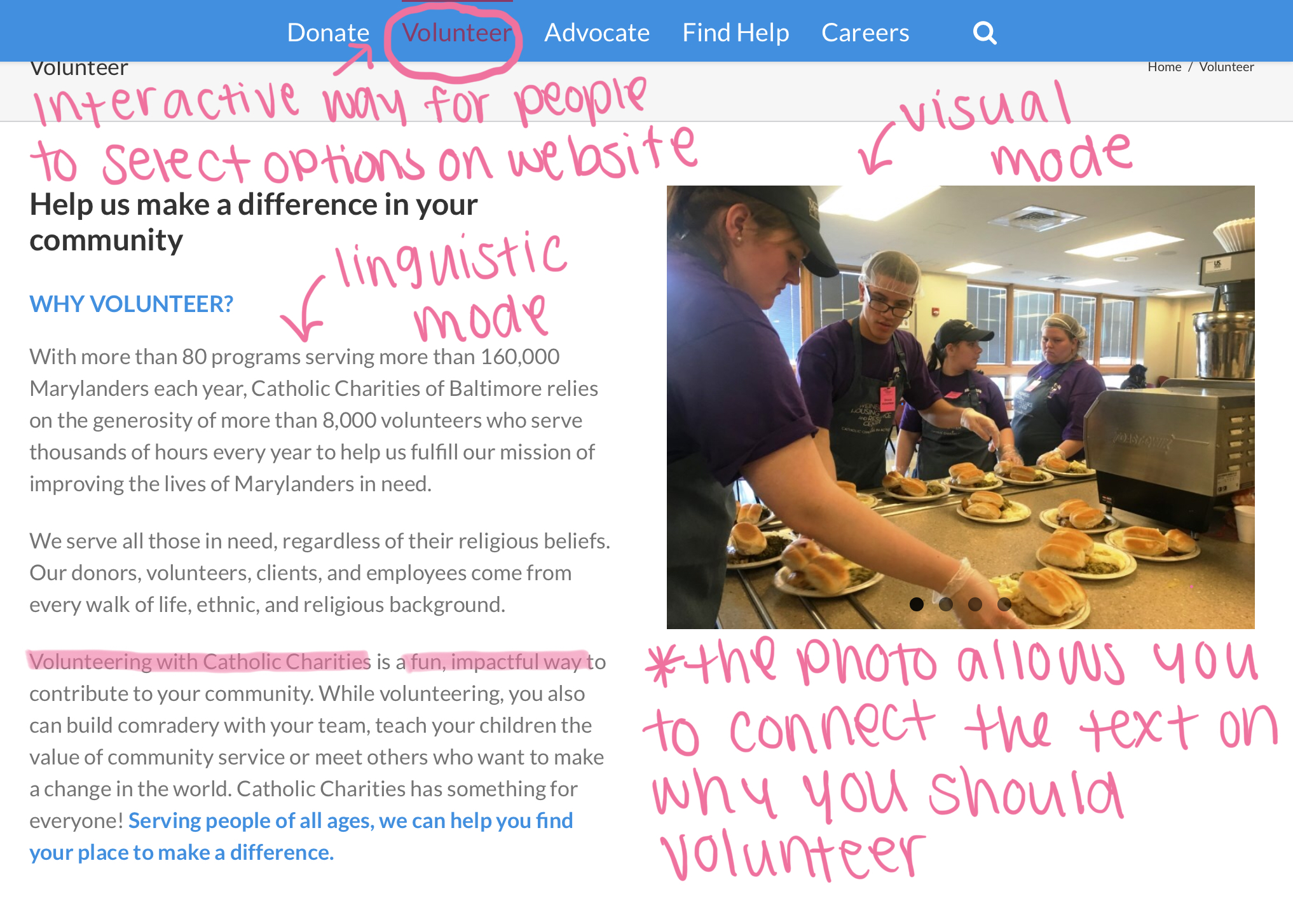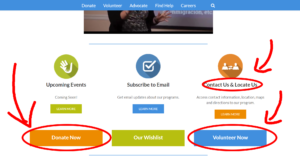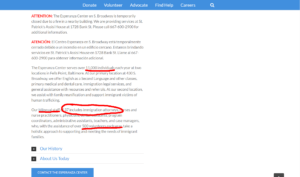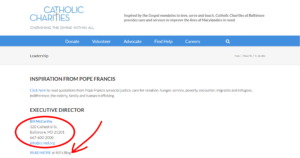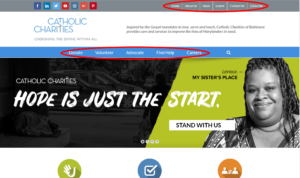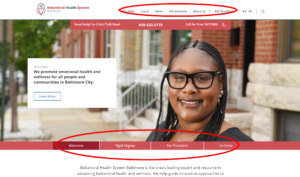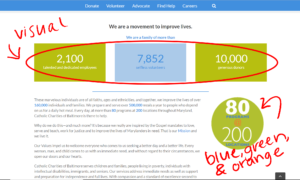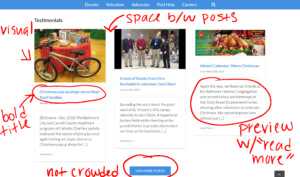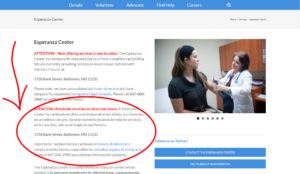The Lutheran Immigration and Refugee Service (LIRS) is a nonprofit website that gives information about immigrants and refugees that are coming over and seeking assistance from LIRS. They also are trying to get people in the United States to help and give their time to help out and donate to help keep the organization running so they can help as many immigrants and refugees they can. This is a great website to a rhetorical analysis of. By doing a rhetorical analysis of this website, you get a better understanding of what the creator and authors wants the audience to understand and to take away from after visiting this site.
The primary audience that the author is trying to target is people that are looking or want to donate to help the LIRS, an audience that is looking to volunteer or help in any way that they can, and another primary audience that this website it trying to attract is people that are looking to adopt a child. A secondary audience that this website attracts is students that are doing research on refugees for projects. Some values and opinions that the primary audience holds are being compassionate and being kind hearted. These people want to make a difference is peoples lives and they can do so through this organization. The values and opinions of the secondary audience is that they are looking to achieve something. The author does appeal to these values and opinions because they are looking for money from the audience and they are also giving information to the audience.

People go this website for a certain purpose. This website was created for a purpose and the way that the website looks and what the website says tells and shows the purpose that was in mind for the audience. When thinking about the overall intention of this text, the mission statement tells the audience what the intention is. “We stand with and advocate for migrants and refugees, transforming communities through ministries of service and justice.” (“Mission & Vision”). Mission statements are meant to show what the organization is trying to do. This mission statement says that they are standing with and being advocates for migrants and refugees. They are also saying that they are helping the community by transforming the community through their work. The secondary intention would to be to get money from people to help immigrants that are coming over here and to pay for the expenses that they have to run this organization. I say this because they have a donate section for people to donate any amount of money that they are able to donate.
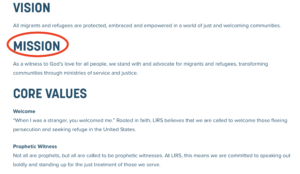
The medium of this is a website. The authors chose this because it is a super easy way to get all the information out to the public that they need to, and they can put any and all information that they want to. Also, with having technology being the way of the future, it just makes sense to put all of the information on the internet. Because this is a website that means that I was able to find this on the internet. The historical conventions for these types of text was over the phone calls, brochures, letters, and pamphlets. There are many ways for the reader to interact with this website. The reader will interact with this website over their phone, over a desktop computer, and over their laptop. This website is very easy to access, and it makes for easy use and it is very easy to move around in their website.
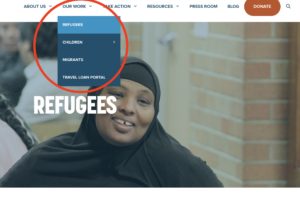
The way that the author writes the information really makes a difference in how the reader reads a text and it also helps get the reader to understand really what the author is trying to say. The authors establish personal creditability by showing the numbers of volunteers, how many people they have helped and how many partners they have working with them. The author wants to come across in a very accepting way. They do not want to force anything upon the reader. The author comes across as very informative. They just wanted you to know the information so you would donate or think about giving up some of your time to help them out and volunteer for them. I do not feel as if the author has a certain reputation to hold. I feel like that the authors really just wants to inform people about what is going on and I feel like they do a very good job at that. Since this website is a nonprofit organization, there are normally this many authors for the website. The authors include: Board Chair – The Rev. Michael Rinehart, Vice Chair – Mrs. Linda Stoterau, Board Treasurer – Mr. Dennis Wieckert, Board Secretary- Mr. Evan Moilan, Executive Member at Large – Ms. Judith Benke.
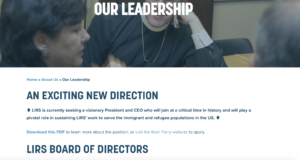
At-Large members.
This website is a nonprofit website. Which makes this text a hortatory because the author is trying to encourage the audience to either help them by volunteering or help them out by donating money. This website is similar to other websites in this genre because they are asking for help, meaning your time. They are also asking for you to make a donation. They give you sad information about the immigrants and the refugees to play to your feelings and your emotions to make you want to help. There are some key features that make it a hortatory. One feature that makes it a hortatory is the donate button at the top right-hand side of the website. Another feature that shows it’s a hortatory is the take action section in the middle at the top of the page.

Works Cited
“Lutheran Immigration and Refugee Service.” LIRS, https://www.lirs.org/. Accessed 11 Feb. 2019.
“Mission & Vision.” LIRS, https://www.lirs.org/mission-and-vision/. Accessed 11 Feb. 2019.
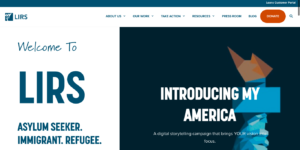
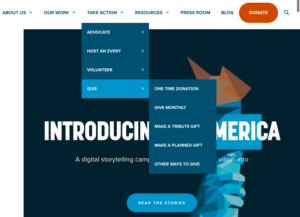

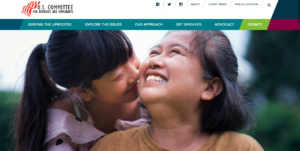
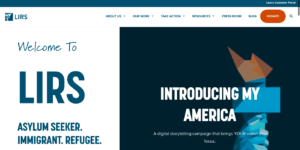

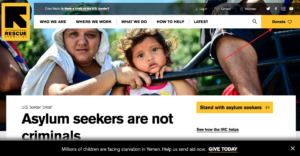
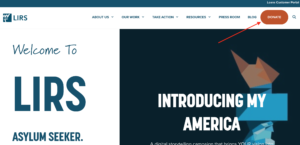

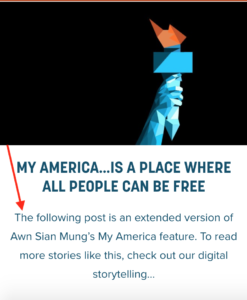
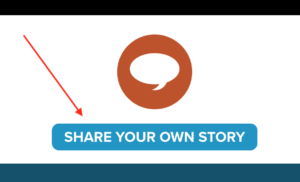
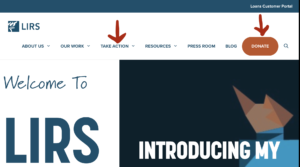

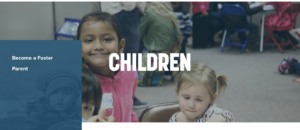
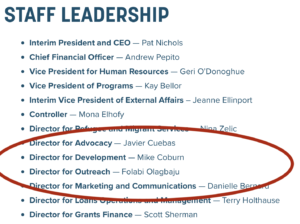
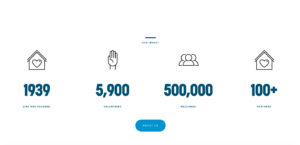
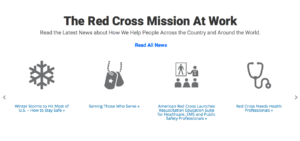
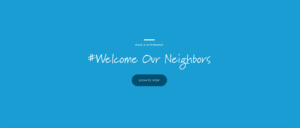
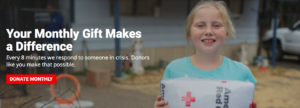
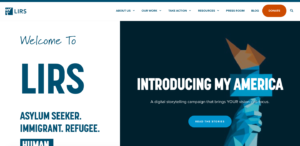
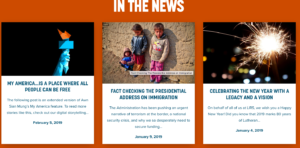
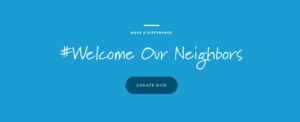
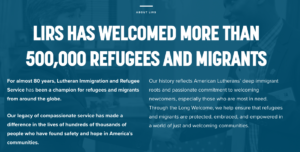
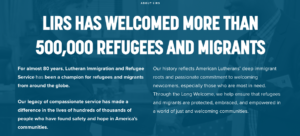




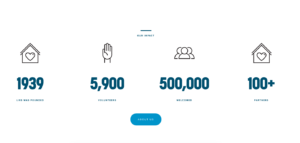 It is easy to conclude which information provided are important based on the sizes of the fonts and which information they want to emphasize. Instead of writing out “Since 1939, over 5,900 volunteers and over 100 partners, we have helped welcome 500,000 immigrants, asylum seekers, and refugees,” simple figures and large numbers were more effective and visually appealing to the viewer.
It is easy to conclude which information provided are important based on the sizes of the fonts and which information they want to emphasize. Instead of writing out “Since 1939, over 5,900 volunteers and over 100 partners, we have helped welcome 500,000 immigrants, asylum seekers, and refugees,” simple figures and large numbers were more effective and visually appealing to the viewer. 
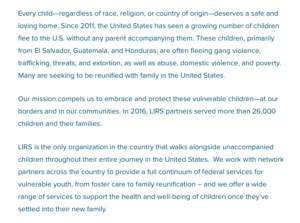
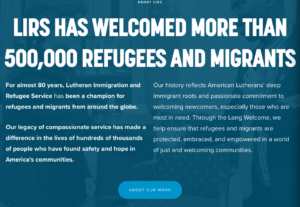
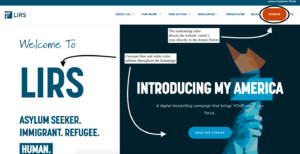 The first step in determining an author’s true purpose is to analyze the intended
The first step in determining an author’s true purpose is to analyze the intended